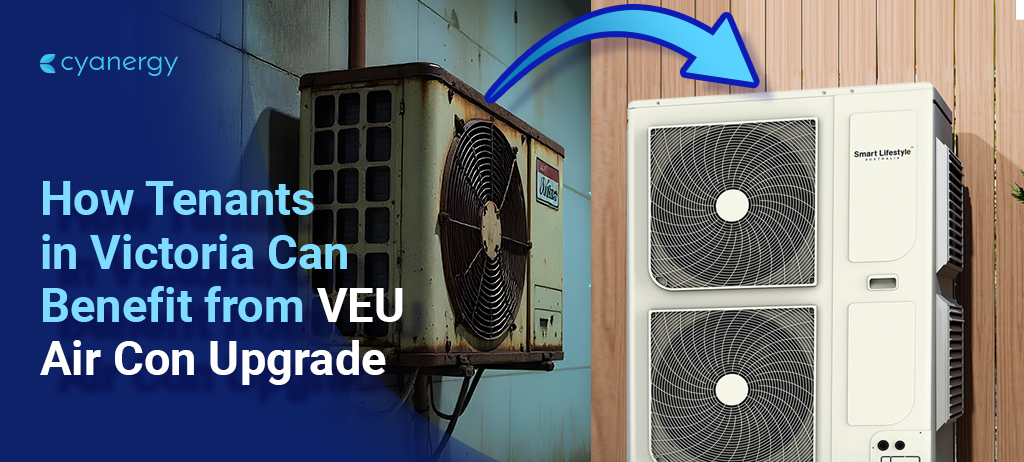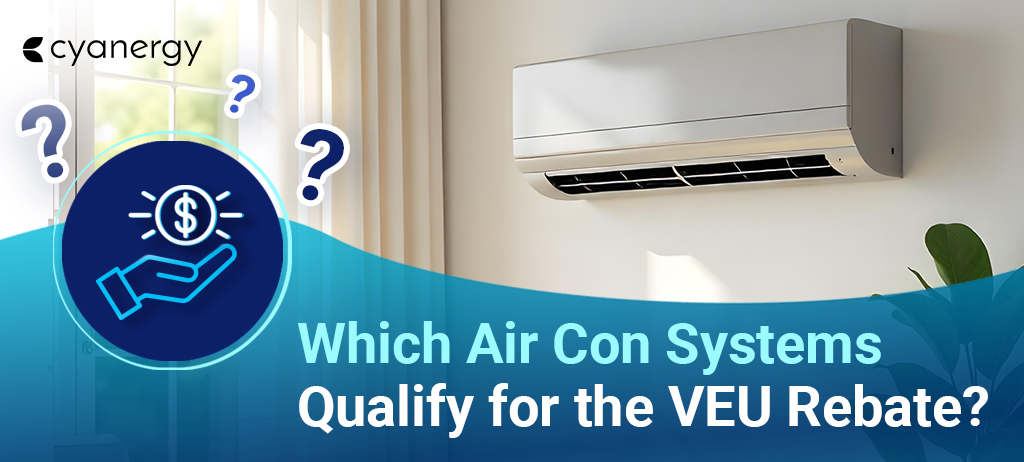Energy savings mean lower electricity bills and more efficient energy use. By reducing your energy use, you’re taking a responsible step towards a more sustainable future for your home or business.
Electricity prices in Australia are rising. Large companies can handle this by paying higher costs or passing them on to their customers.
An energy audit can help you cut costs and improve efficiency. This guide will explain the ultimate savings with an energy audit in Australia for 2025.
Heating, Ventilation, and Air Conditioning (HVAC) systems use about 40% of the total energy in buildings. However, there are ways to reduce energy use and costs with these systems.
Building managers usually hire people to maintain these systems, but maintenance staff often focus on keeping things running rather than saving energy.
In this blog post:
- What is a Home Energy Audit?
- What is a Commercial Energy Audit?
- Energy Assessment VS Energy Audit
- Why Should You Get an Energy Audit?
- Ultimate Savings with an Energy Audit in Australia For 2025
- Beyond Cost Savings – Additional Benefits of an Energy Audit
- Investing in an Energy Audit – A Smart Business Decision
What is a Home Energy Audit?
A home energy audit is a detailed check of how your home uses energy. It helps find areas where you can make changes to save electricity and lower costs. This includes checking insulation and appliances to see how well they use energy.
Preparing for an audit: Gather your past electricity bills before the audit. This will help you compare your energy use before and after making improvements.
How to Conduct a Home Energy Audit?
To conduct a home energy audit, check your past electricity bills to identify usage patterns. Inspect your home for air leaks around windows, doors, and vents, sealing any gaps to prevent energy loss.
Examine your insulation, especially in the attic and walls, to ensure it effectively keeps your home warm in winter and cool in summer.
Assess your heating and cooling systems by cleaning or replacing air filters and scheduling regular maintenance.
Review your lighting and switch to energy-efficient LED bulbs while using natural light whenever possible. Check appliances and electronics, unplugging devices when not in use and opting for energy-efficient models.
Inspect your water heating system by setting the temperature to 49 °C (120 °F), using a heater blanket, and fixing leaks. Consider renewable energy options like solar panels to reduce long-term costs.
Finally, use online energy audit tools or hire a professional for a detailed assessment. Making these changes will improve energy efficiency and lower electricity bills.
What is a Commercial Energy Audit?
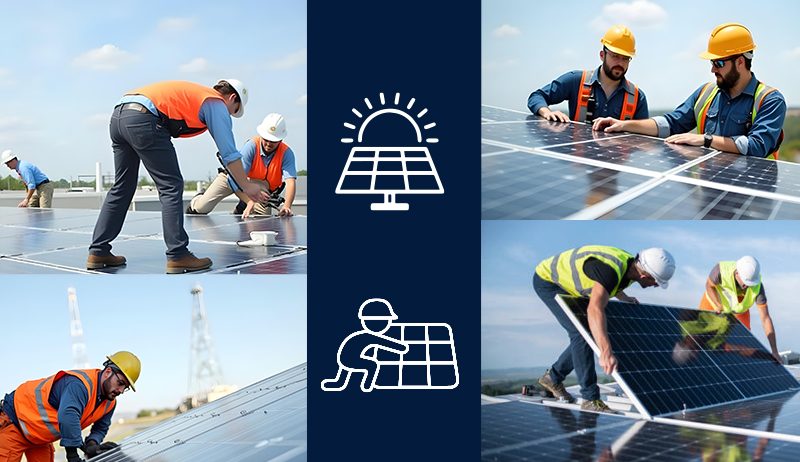
A commercial energy audit examines how much energy a company uses and finds areas where energy is wasted.
It doesn’t take much time but helps businesses identify better ways to use energy, such as switching to solar power, which can save money and reduce environmental impact.
During the audit, everything is checked—from the building’s exterior and interior to the equipment and systems used inside and outside.
Understanding the Commercial Energy Audit Process
To conduct a commercial energy audit, start by reviewing past electricity bills to identify trends in energy consumption. Inspect the building for air leaks around doors, windows, and ventilation systems, sealing any gaps to improve efficiency.
Assess insulation in walls and ceilings to ensure proper temperature control and reduce heating and cooling costs.
Evaluate HVAC systems by checking filters, scheduling maintenance, and upgrading to energy-efficient models if necessary.
Review lighting by switching to LED bulbs, installing motion sensors, and maximising natural light. Examine office equipment and machinery, turn off or unplug unused devices, and invest in energy-efficient alternatives.
Inspect water heating systems by setting optimal temperatures, fixing leaks, and considering energy-efficient upgrades. Explore renewable energy options like solar panels to reduce costs and environmental impact.
Lastly, hire a professional or get the energy audit tools for a detailed assessment. Implementing these measures will improve efficiency and lower operating expenses.
Energy Assessment VS Energy Audit
Energy Assessment: This simple process identifies quick and easy ways to reduce energy use based on a site visit. The expected Return on Investment (ROI) for each energy upgrade is estimated using general industry data and standard values.
Energy Audit: A detailed evaluation of a site’s energy-consuming equipment and usage, measuring energy consumption and identifying potential savings. It follows AS NZS 3598.1 & AS NZS 3598.2 standards and is divided into three levels:
- Type 1 – Basic assessment
- Type 2 – Standard industry-level audit
- Type 3 – In-depth, highly detailed analysis
A typical energy audit includes a thorough review of energy consumption, such as:
- Analysis of electricity tariffs
- Time of Use (ToU) assessment
- Breakdown of energy use across major equipment
- Identification of energy-saving opportunities, categorised by whether the payback period is under or over two years
- A detailed inventory of energy-related assets
Why Should You Get an Energy Audit?
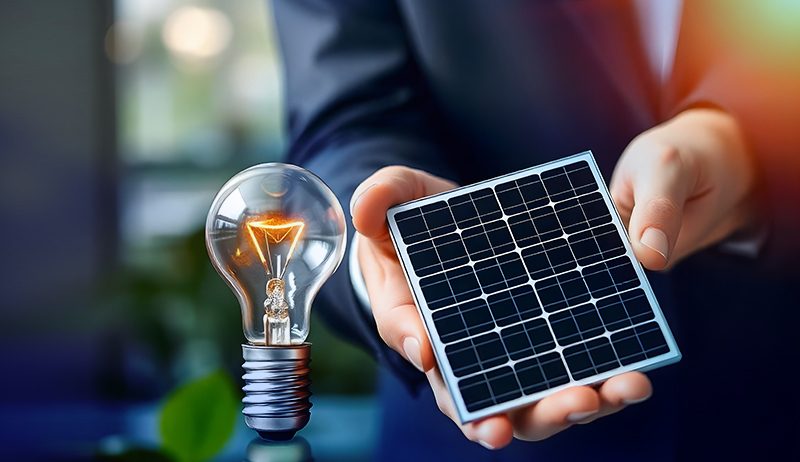
Energy audits are smart because they help save money, find hidden problems, improve workplace comfort, and reduce environmental impact.
Here’s why you should consider it:
- Lower Energy Bills
- Detect Problems Early
- Improve Employee Comfort
- Discover New Energy-Saving Technologies
- Help the Environment
- Make Equipment Last Longer
Ultimate Savings with an Energy Audit in Australia For 2025
As electricity prices continue to rise in Australia, businesses must find ways to cut costs while maintaining efficiency.
One of the most effective methods is conducting an energy audit, which helps identify areas where energy is wasted and provides practical solutions to reduce consumption.
According to the Australian Government’s Department of Industry, Innovation, and Science, businesses that implement energy-saving strategies identified in an audit can typically reduce their energy usage by 10% to 30%.
To understand how significant these savings can be, imagine a manufacturing facility that spends $1 million annually on electricity. The company could save between $100,000 and $300,000 annually by making adjustments based on an energy audit.
This money can be reinvested into business operations, employee wages, better equipment, or expansion opportunities. Energy savings directly impact a company’s bottom line, increasing profitability and making the business more competitive.
Beyond Cost Savings – Additional Benefits of an Energy Audit
Improved Equipment Performance
Energy audits help identify inefficient or outdated machinery that may consume excessive energy. Upgrading to modern, energy-efficient equipment lowers energy costs, improves productivity, and reduces the risk of equipment failure.
Participation in Demand Response Programs
Many businesses are unaware they can earn money by adjusting their energy consumption.
Demand response programs allow companies to receive financial incentives for reducing electricity use during peak demand periods. This helps balance the energy grid while providing businesses an additional revenue stream.
Environmental Sustainability
Reducing energy use reduces a company’s carbon footprint, creating a cleaner and more sustainable environment.
Businesses that adopt energy-efficient practices can also promote their efforts as part of their corporate social responsibility (CSR) initiatives, improving their reputation among environmentally conscious customers and stakeholders.
Compliance with Energy Regulations
As Australia moves towards stricter energy efficiency laws and sustainability goals, businesses that proactively reduce energy consumption will be better prepared for future regulations.
This can help avoid potential fines or penalties while positioning the company as a leader in sustainability.
Enhanced Workplace Comfort and Safety
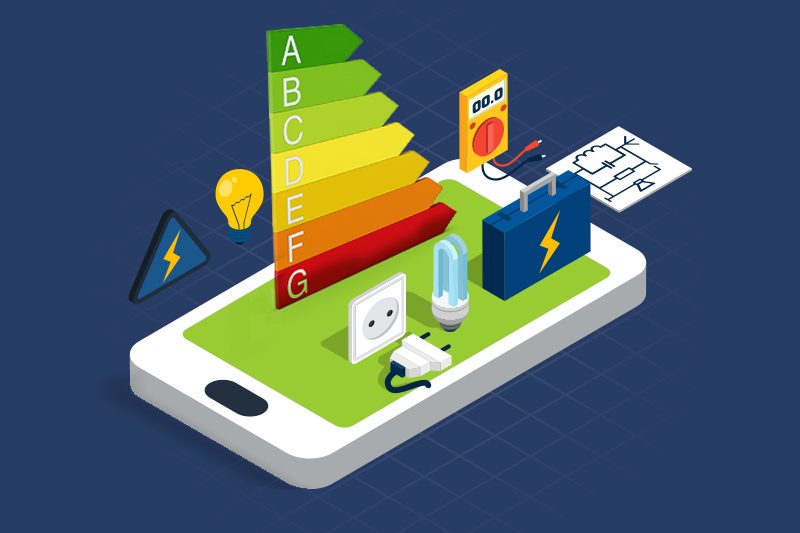
Investing in an Energy Audit – A Smart Business Decision
An energy audit is a valuable investment for any business with the potential for significant cost savings, increased efficiency, and additional revenue opportunities.
By identifying energy waste, companies can take control of their energy expenses, reduce their environmental impact, and gain a competitive edge in the industry.
In 2025, as energy costs continue to rise, taking action now could mean the difference between struggling with high utility bills or thriving with a more sustainable and profitable business model.
Whether a small business or a large corporation, energy audits provide a clear pathway to smarter energy management and long-term financial benefits.
An energy audit is not just about cutting costs—it also helps improve efficiency, extend equipment life, and boost workplace comfort. As energy prices continue to rise, taking action now can lead to significant savings and long-term benefits for your business.
Contact Cyanergy and talk to an expert for more details.

